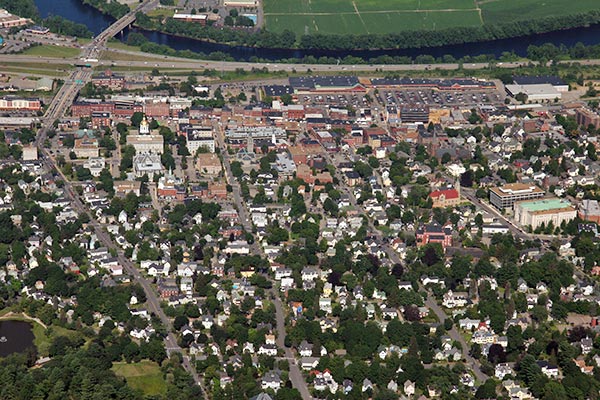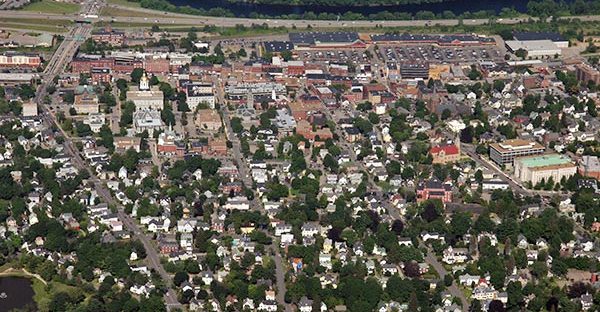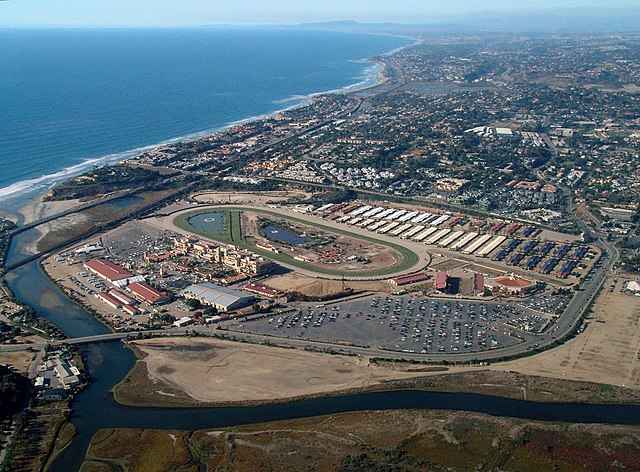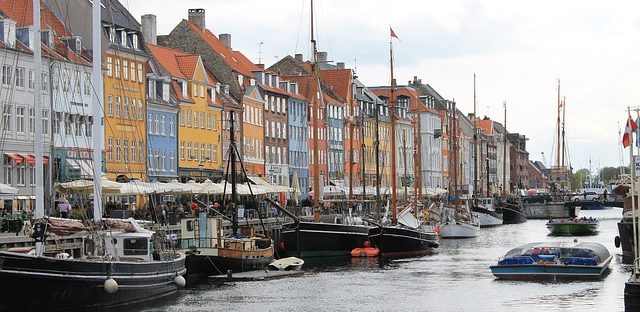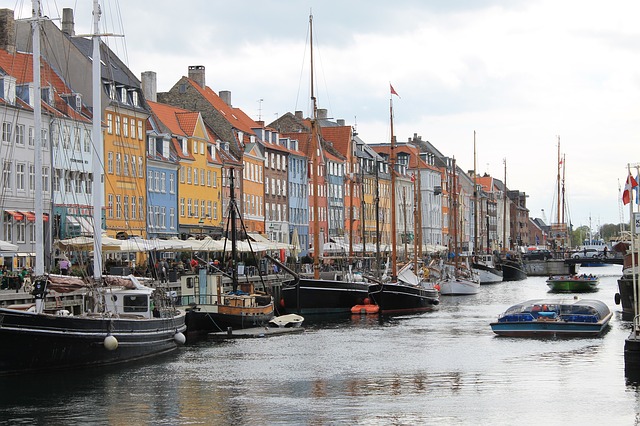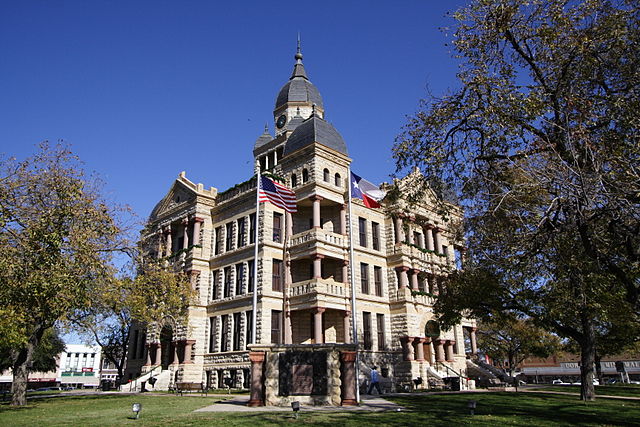- Target: 100% renewable electricity by 2030, 100% clean energy in all sectors by 2050
- Status: In progress
- RES: Solar and wind power
- Implementation: The state capital of Concord has received strong support from public, private, and faith-based sectors in its goal to achieve a clean energy future, joining three other New Hampshire cities in this quest. The city has begun the planning process to achieve its clean energy goals. On July 9, 2018, the Concord City Council voted unanimously to work toward 100% clean and renewable energy. The resolution already received plenty community support, with endorsements from the State Employees Association, the Unitarian Universalist Church of Concord, the Chamber of Commerce, and the editorial board of The Concord Monitor. The capital’s largest private sector employer, Concord Hospital, was also supportive of the initiative. Concord’s resolution states that Concord Energy and the Environment Advisory Committee will work with the city government to create a stakeholder committee that will help shape Concord’s strategic energy plan. This measure is intended to ensure that every part of the Concord community is able to offer input on the plan, which the city plans to gather through public meetings. Within the first year, the Energy and Environment Committee will lead the development of a strategic plan to establish feasible pathways to complete the transition to 100% clean energy.The city has already taken steps in implementation. It is planning the development of a large solar photovoltaic facility on the city’s closed landfill. It is developing changes to the local zoning ordinance to accommodate the siting of solar projects. It is investigating opportunities to use New Hampshire’s Volkswagen settlement money to invest in electric-vehicle charging infrastructure in the city. It is engaging in discussions with major city institutions, local gas and electric utilities, and state policymakers about how best to achieve the adopted renewable energy goals. Concord is also making use of statewide legislation that promotes clean energy for all New Hampshire residents. These measures include tax incentives for individuals, businesses, and nonprofits, as well as net metering for homeowners using solar- or wind-generated power.
- Population: 43,412 (2018)
- Area: 67.5 sq mi (174.8 km2)
- Link: 100% RENEWABLE ENERGY GOAL STRATEGIC PLAN
